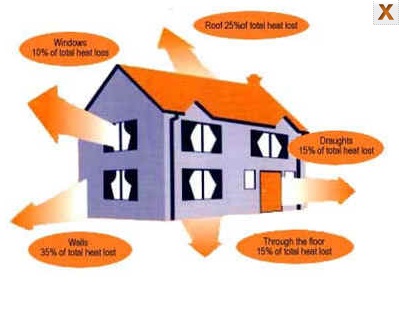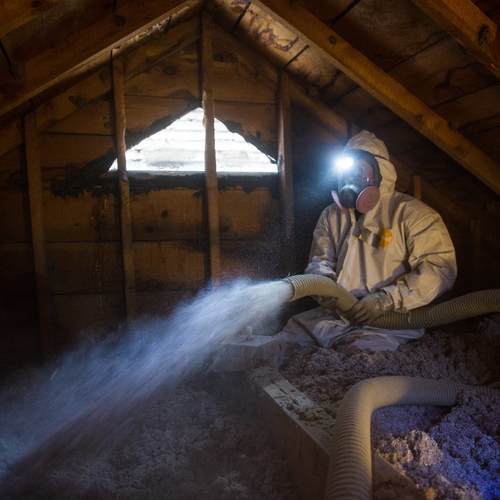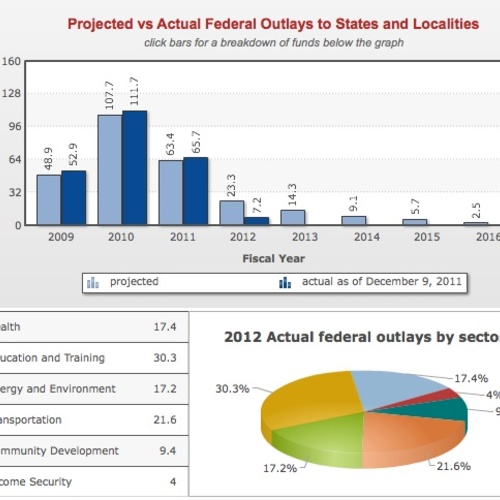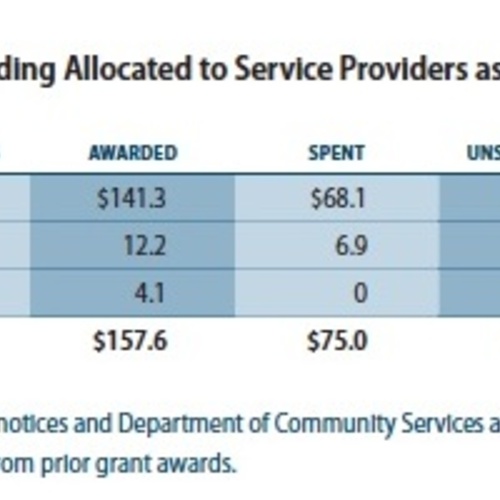
Things have been so busy on Capitol Hill lately that hardly anything is getting done. After toiling to near exhaustion since October 25, the 12 members of the bipartisan deficit supercommittee this week tumbled out of the Congressional clown car without a deal. The committee’s six Democrats and six Republicans, it turns out, couldn’t quite agree on a key point or two, particularly when it came to raising revenue by increasing taxes on wealthy citizens.
So, after a well-deserved Thanksgiving recess, some of the lawmakers will pack themselves back into the little car and head for a number of legislative safe houses, where they’ll try to repeal the automatic budget cuts – about half targeting military spending and half targeting domestic programs – that have been triggered by the deficit committee’s failure.
No surprises here. By now, most people have grown accustomed to watching lawmakers use ideology to position themselves for reelection rather than for serving the public. Until the 2012 elections are behind us, much of what will be presented as “lawmaking” will actually be little more than grandstanding.
A relatively small program with big notoriety
Elected officials, though, do have ways of at least trying to appear productive, much like a hamster on a hamster wheel appears to be going nowhere fast. A case in point is the Stop Green Initiative Abuse Act of 2011, introduced by Representative Chuck Fleischmann, a Republican representing the Third Congressional District in Tennessee. The purpose of the measure is to eliminate the Weatherization Assistance Program, which provides free weatherization services for low-income households.
The WAP, which is administered by the Department of Energy, has historically been ignored by politicians as a cost-cutting target because its annual budget was, at a few million dollars, relatively small. But the program became a favorite pi̱ata of conservatives after its budget ballooned dramatically Рto about $5 billion over three years, under the $787 billion economic stimulus program Рand program administrators struggled to synchronize and implement its regulations and rollout.
Even though the WAP allotment was about 0.6% of the total stimulus budget, the program has been so successfully demonized that it ranks high on tallies compiled by YouCut, a Republican program that allows voters to vote online for the government programs they want cut. “I am also glad the American people directly had a say in this process through the YouCut program. Together we can get our fiscal house in order and get our country back on the right track,” Fleischmann said in a press release about the legislation, which was announced on November 16.
A LIHEAP of faith
The congressman says the Weatherization Assistance Program is dispensable because other federal programs, such as the Low Income Home Energy Assistance Program (LIHEAP), “are already in place.” In fact, WAP was created in 1976, five years before the launch of LIHEAP, which provides one-time funding to low-income households to help them cover their utility bills. In many states, WAP and LIHEAP services are administered by the same state agency and offered in tandem. Weatherization improvements, however, provide ongoing energy savings rather than one-time assistance with energy bills.
Fleischmann points to a December 2010 review by the Tennessee Comptroller General’s office that noted that “weatherization contractors had, in nearly half of the cases studied, failed to implement critically recommended measures to properly weatherize homes” and had misused WAP funds. The press release also cites a January 2010 report by the DOE’s Inspector General that called the expanded program “poorly administered.” The main concern identified in the Inspector General’s report was the sluggish rollout of services in many states, due to confusion over wage and other implementation requirements.
Other WAP snafus have emerged since then, including, in California’s case, computer-training deficiencies among support staffers. But for all its rollout delays, audit headaches, complexity, and management difficulties, the expanded WAP is finally seeing success in most states and, long term, will deliver energy savings benefits to occupants of retrofitted homes. The goal of the expanded program was to weatherize 600,000 homes; some 484,000 (just over 80% of the goal) had been retrofitted by the end of the second quarter of this year, according to DOE estimates.
Unlikely bipartisan support
But as we’ve noted, most elected officials at least try to appear responsive to their constituents, and Fleischmann’s decision to target the already vilified WAP gave him an easy, symbolic, conservative twofer, even if the amount of money the government would save by eliminating the program – $2.1 billion over the next 10 years, by Fleischmann’s estimate, or an average of $210 million annually – is relatively small.
There’s no indication that the measure has any chance of becoming law, although if Rick Perry gets elected president and doesn’t forget to eliminate the Department of Energy, as he promised, it won’t matter.
Weekly Newsletter
Get building science and energy efficiency advice, plus special offers, in your inbox.















One Comment
Fun fact, more people approve
Fun fact, more people approve of the US becoming communist than approve of the job congress is doing. Here's more proof.
Log in or create an account to post a comment.
Sign up Log in